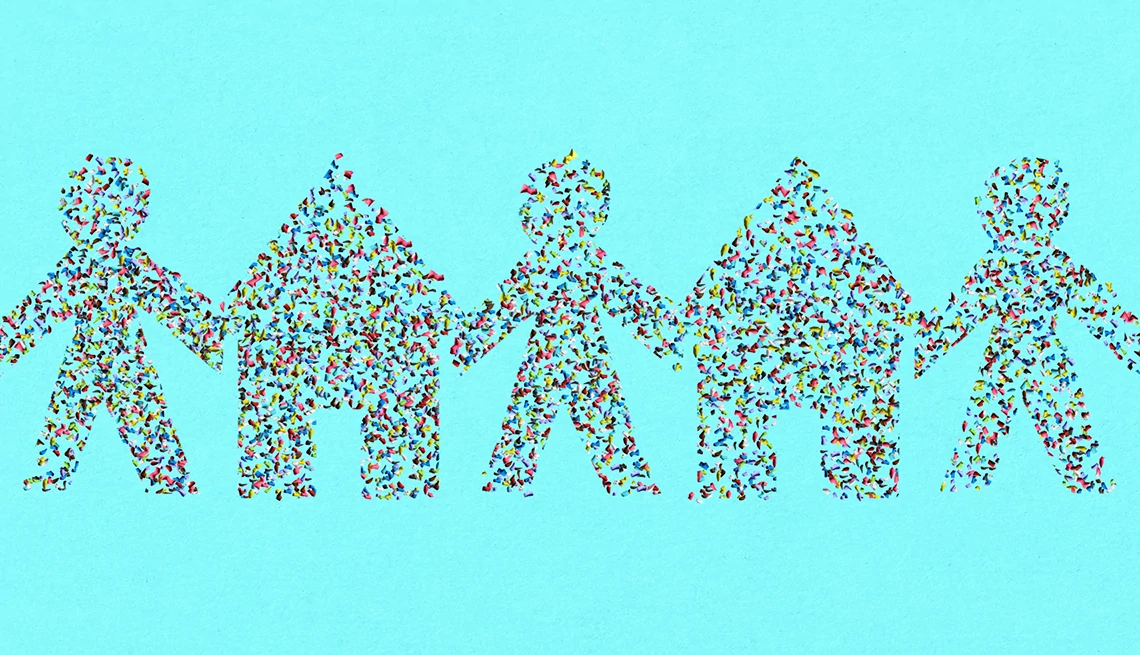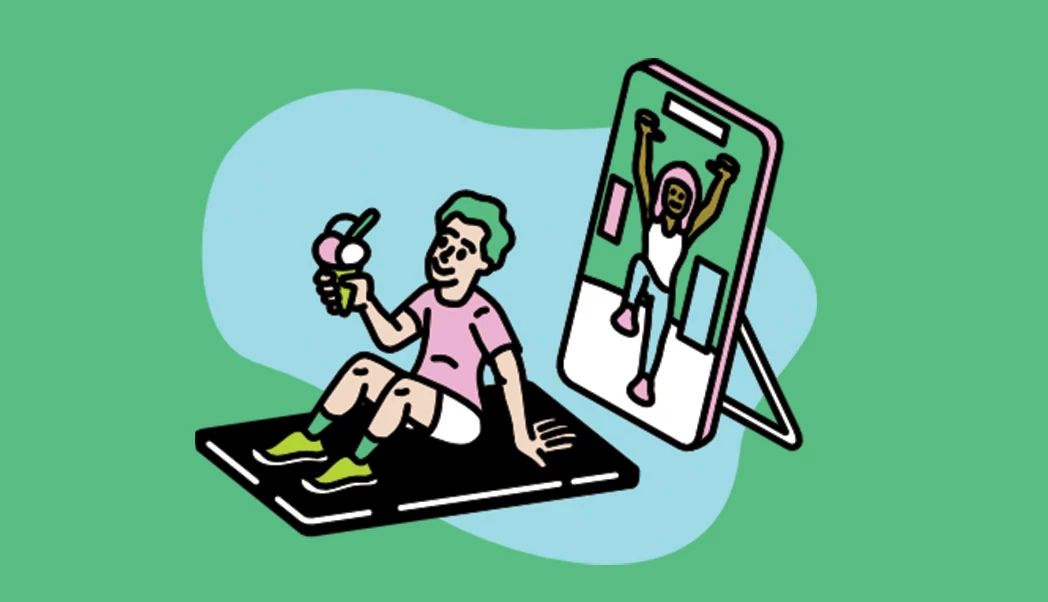
- Select a language for the TTS:
- UK English Female
- UK English Male
- US English Female
- US English Male
- Australian Female
- Australian Male
- Language selected: (auto detect) - EN
Play all audios:
The more researchers look for microplastics in the human body, the more they find them. The tiny fragments are released when larger plastic items break down in the environment and when
they’re shed from plastic-containing packaging or materials during use. Increasingly, researchers are showing that microplastics can make their way into the brain, heart, lungs, kidneys and
elsewhere. What isn’t clear is whether they pose a health threat to people. Researchers reported recently that levels of plastic in the brain were higher in people who had dementia than in
those who didn’t, but they don’t know whether the plastic contributes to dementia risk or if changes seen in dementia make the brain more susceptible to microplastic accumulation. In 2024,
researchers found jagged microplastics and even tinier nanoplastics in the plaques in some people’s carotid arteries, and those people had a higher risk of heart attack, stroke or death,
according to a report in the _New England Journal of Medicine_. In 2024, researchers published a review of evidence, mostly animal studies, that found exposure to microplastics is
“suspected” to harm human digestive and respiratory health, including a potential link to colon and lung cancer. It’s “highly probable” that microplastics could harm human health, says
Philip Kuriakose, M.D., a hematologist and medical oncologist at the Henry Ford Cancer Institute in Detroit. “But it hasn’t been fully proven yet.” The potential for health problems is
particularly relevant for older adults, whose bodies are less able to repair the harm that plastics (and the chemicals they may contain) can do to the body, Kuriakose says. Exposure to
microplastics could exacerbate existing health problems that are more common with age, such as heart disease and possibly vascular dementia, he says. Microplastics are everywhere – they’ve
even been detected on Mount Everest – and it’s not practical to avoid them entirely. “We’re never going to be able to eliminate plastic exposures, and in some cases, we shouldn’t, because
there’s a risk-benefit ratio for everything, and there are benefits of plastics,” says Douglas Walker, an associate professor in the Gangarosa Department of Environmental Health at Emory
University, who studies microplastics. “But I do think we should have mindfulness about our plastic use.” Here are some relatively easy lifestyle changes that can help reduce your exposure,
the researchers say: 1. CUT BACK ON SINGLE-USE PLASTICS. Plastic pollution accumulates in the environment – including the air we breathe, the water we drink and the food we eat. You can do
your part by following Walker’s top recommendation: Choose alternatives to the plastics you use once and then toss, such as plastic wrap, bags, cutlery and food and beverage containers,
whenever possible.








